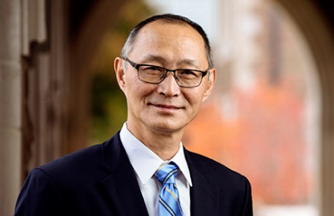Structural Equation Modeling

Instructor: Shenyang Guo
Dates: July 27 – July 31, 2023
Course Description
Structural equation modeling (SEM) is a general statistical method that can be employed to test theoretically derived models. It is “a class of methodologies that seeks to represent hypotheses about the means, variances, and covariances of observed data in terms of a smaller number of ‘structural’ parameters defined by a hypothesized underlying model” (Kaplan, 2000). In this course, students will learn fundamental concepts and skills to conduct SEM, and know how to apply these techniques to social behavioral and health research.
About the Instructor

Shenyang Guo, Ph.D., is Frank J Bruno Distinguished Professor at Brown School of Washington University in St Louis, the Yangtze River Scholar at Xi’an Jiaotong University, and the fellow of American Academy of Social Work and Social Welfare. He is an expert on the application of advanced statistical models to the solution of social welfare problems. Guo is the author (with Mark Fraser) of Propensity Score Analysis: Statistical Methods and Applications, Second Edition (2015), a comprehensive guide to the many ways that propensity scores can be used to improve causal inference. Other books include Survival Analysis (2010) and Structural Equation Modeling (2011) (with Natasha Bowen). He has published more than 80 journal articles and book chapters. He is on the editorial boards of Social Service Review, Journal of the Society for Social Work and Research, and Children and Youth Services Review. He teaches graduate courses on survival analysis, hierarchical linear modeling, growth curve modeling, structural equation modeling, and propensity score analysis.

